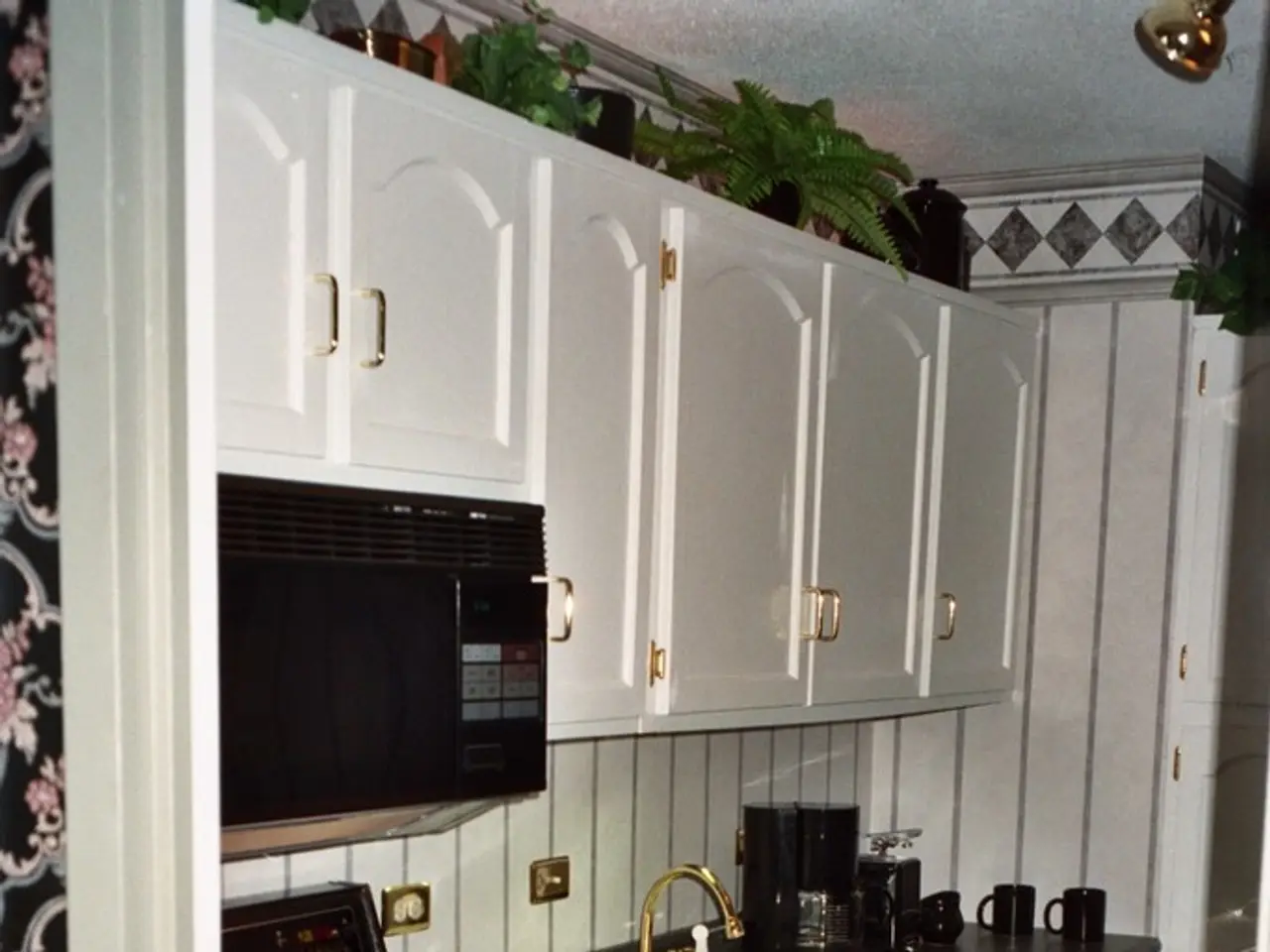Selecting Appropriate Wall Adornments for Your Personal Aesthetic
Choosing Wall Decor: A Guide to Enhancing Your Space
When it comes to decorating your walls, there are numerous options to choose from. However, selecting wall decor that truly reflects your style and enhances your space can be a daunting task. Here are some key aspects to consider to make the process easier:
1. Understand Your Personal Style and Emotional Intent
Identify how you want to feel in the space—calm, energized, sophisticated, or cozy—as this will guide your art style choices. For example, calming watercolor or nature-inspired art suits bedrooms, while bold pop art suits living rooms. Assess your taste by exploring styles that resonate emotionally and visually with you.
2. Consider Your Space’s Function and Existing Decor
Match your wall decor to the room’s purpose and existing elements. For instance, coordinate colors and styles with your furniture, lighting, and architectural features. Bold furniture pairs well with calmer art pieces, whereas simple decor can handle dynamic, colorful artwork.
3. Color Palette Coordination
Choose a cohesive color palette to unify your space. You can use the 60-30-10 rule: wall art can reflect the dominant color (60%), secondary color (30%), or accent color (10%) in your room. Decide on warm tones (reds, oranges) for energy, cool tones (blues, greens) for calmness, or neutrals (beige, grey) for sophistication. Look at colors you naturally prefer, such as those in your wardrobe or favorite places, to inform your palette.
4. Textures and Materials
Incorporate rich textures and materials to enhance the visual and tactile appeal. For example, pairing off-white walls with velvet, gold accents, or wood tones adds elegance and depth. Mixing materials like metal frames, canvas, wood, or fabric can complement your style and add interest.
5. Pattern and Scale Balance
If your wall decor includes patterns, balance large patterns with smaller ones to avoid overwhelming the space. Use pattern size variation to create layers that feel intentional. Neutral tones in patterns can cushion more vibrant colors and prevent visual chaos.
6. Experiment with Complementary Colors
A color wheel can be used to experiment with complementary colors for a color palette. This can help create a visually striking and harmonious space.
7. Choose Materials and Textures that Reflect Your Style
The choice of material and texture for wall decor should reflect one's style. For example, rustic or country vibe for wood panels or natural wallpaper, and contemporary or minimalist look for sleek metals or geometric patterns.
8. Determine Your Decorating Style
The style of decorating (e.g., modern, traditional, eclectic) should be determined before choosing a color palette for wall decor. This will ensure a cohesive and harmonious look throughout the space.
9. Inventory Your Existing Decor
Taking inventory of existing furniture, accessories, and paintings can help find themes or colors to build upon for wall decor. This can help create a seamless transition between your existing decor and new wall art.
10. Mind the Space
Be mindful of the space available, ensuring that your wall decor is not overwhelming the room. It's best to space out textures and materials in wall decor and place them in areas without clutter.
11. Test Color Combinations
Paint swatches can be helpful in testing color combinations for wall decor in a home before finalizing the choice. This can help you visualize how the wall art will look in your space.
12. Customise Your Canvas Prints
Canvas prints can be framed or hung as is, and their style can be tailored to create a cozy or artistic look. They offer a great opportunity to showcase personal photos and add personal flair to home decor.
By considering these aspects, you can select wall decor that feels authentically yours and enhances your space beautifully.







